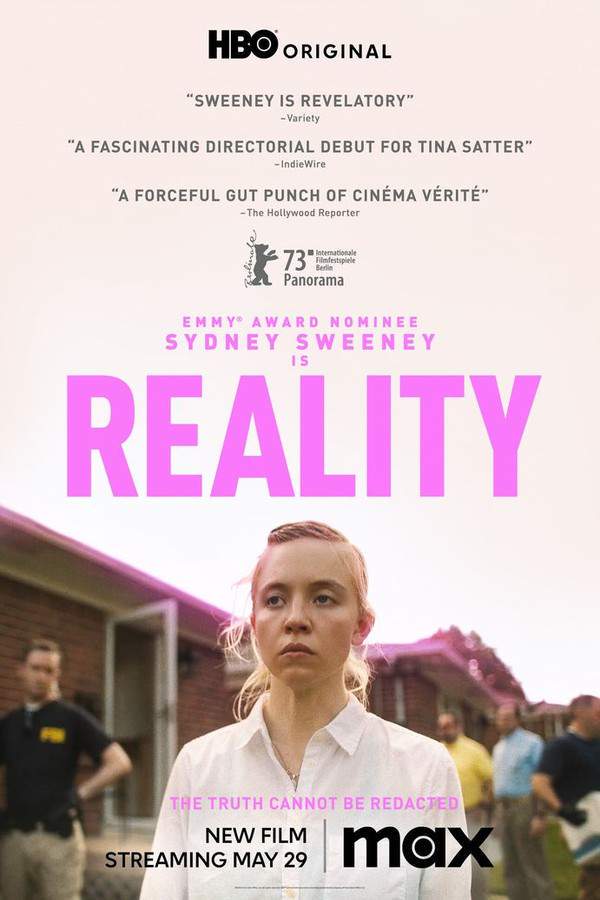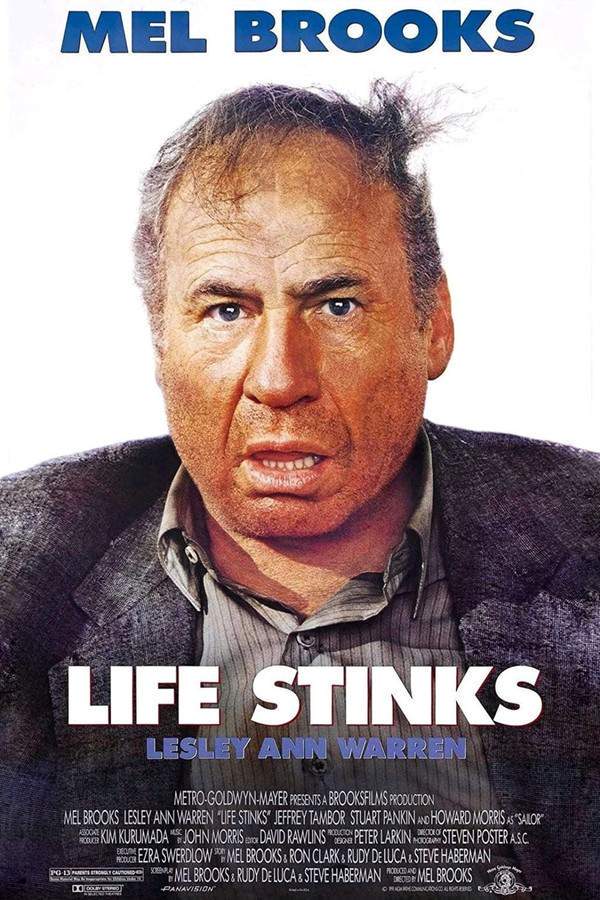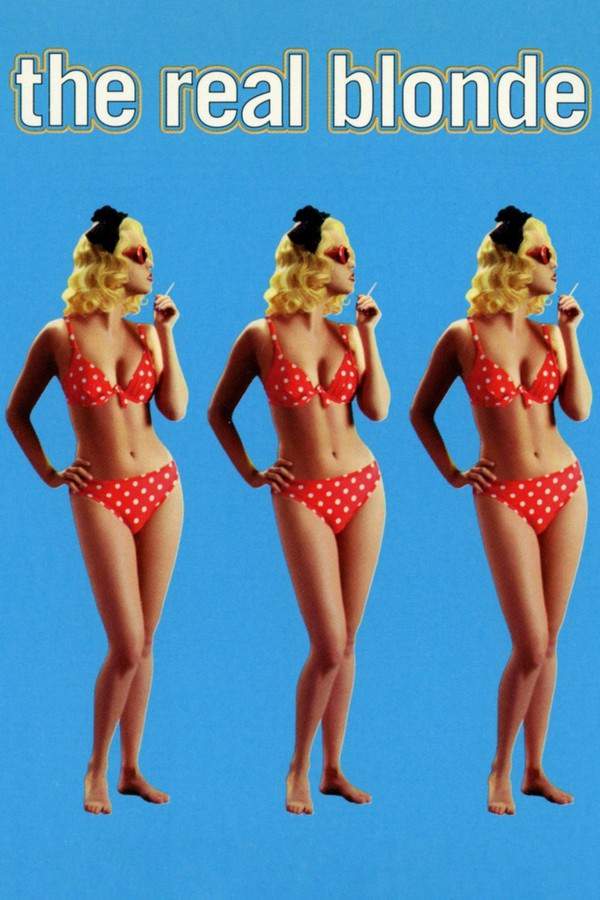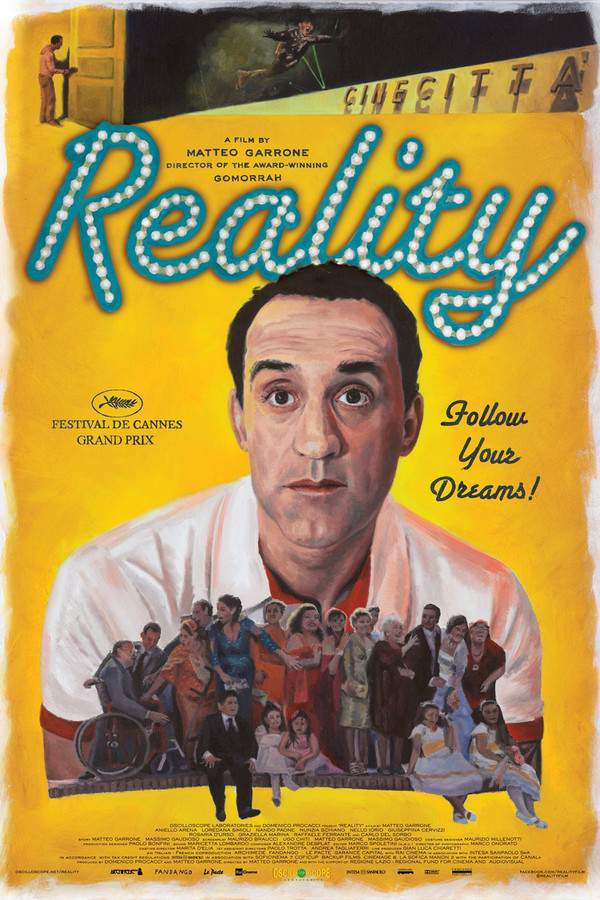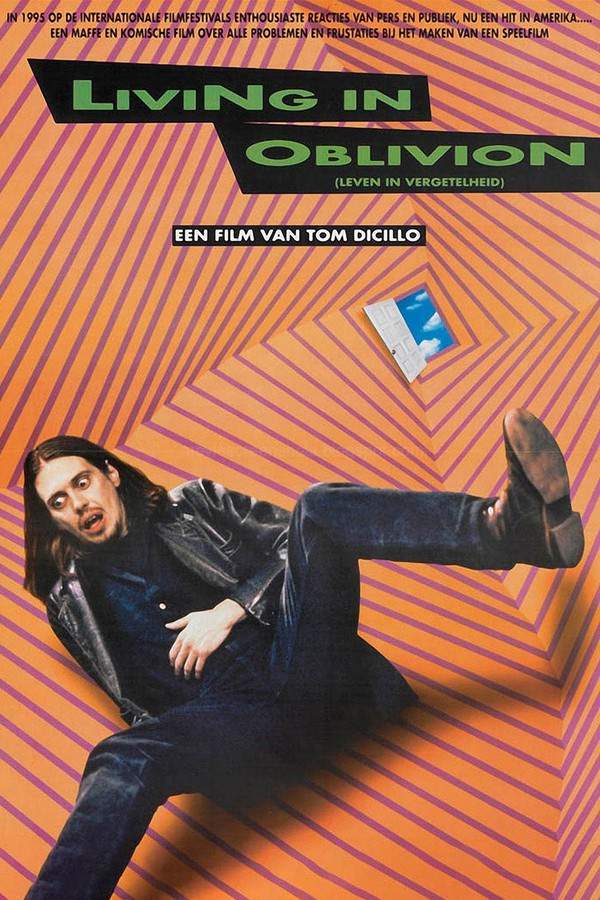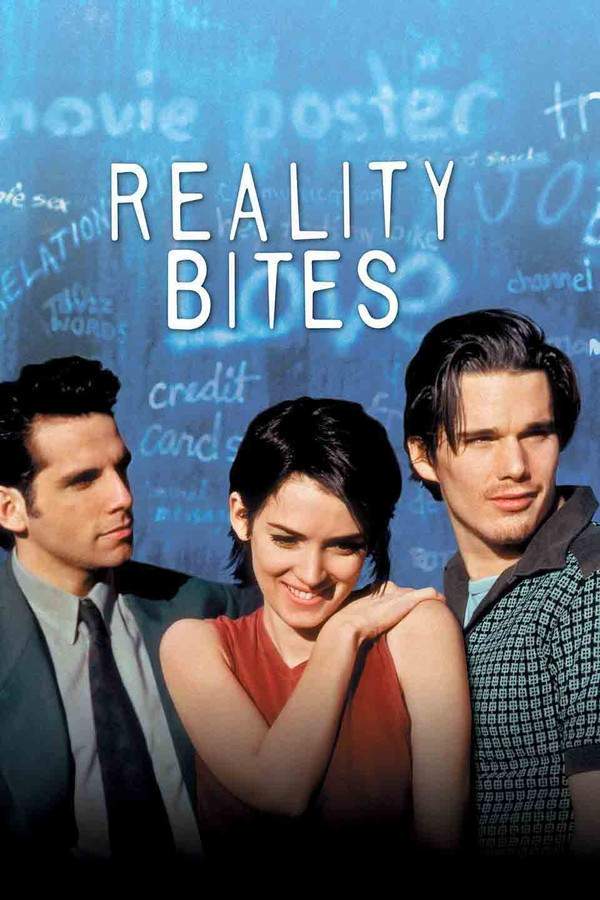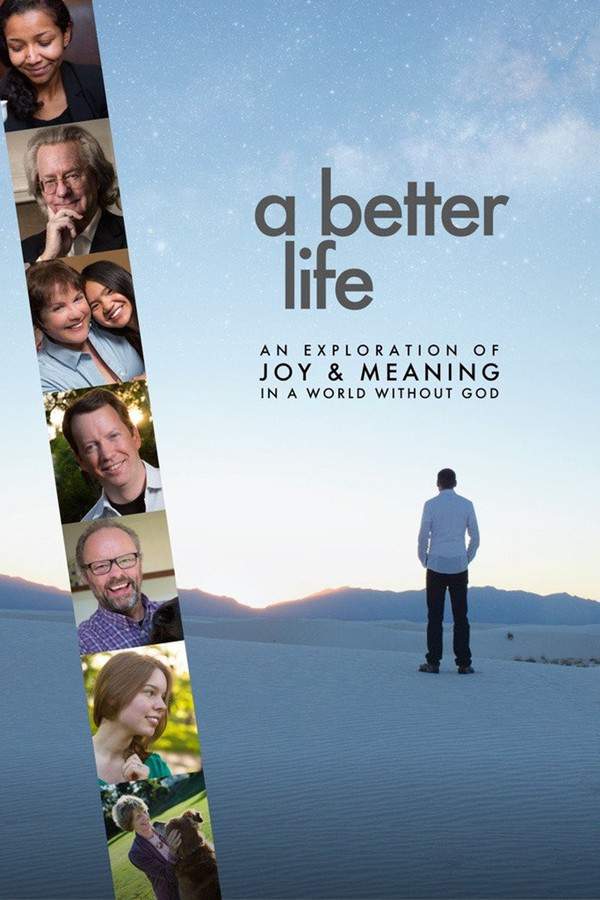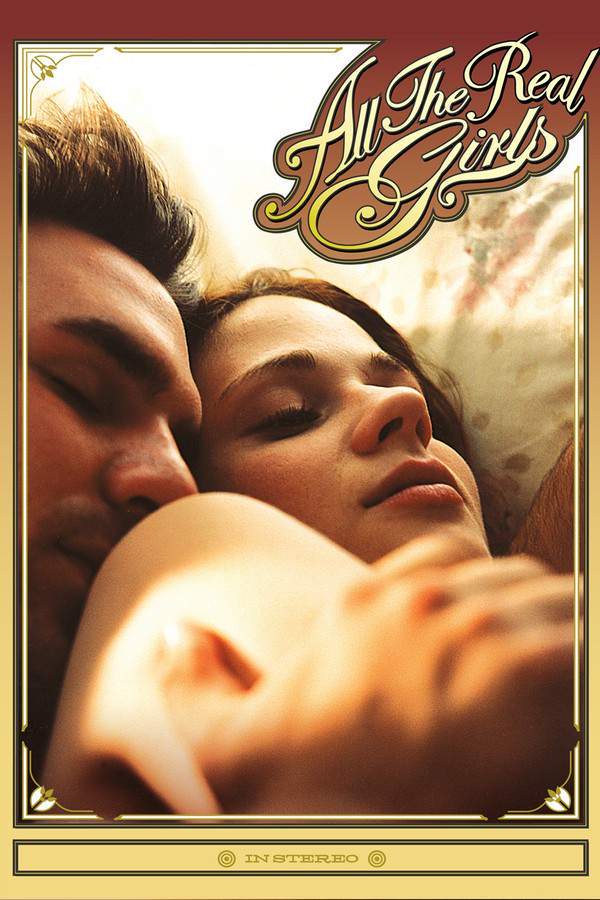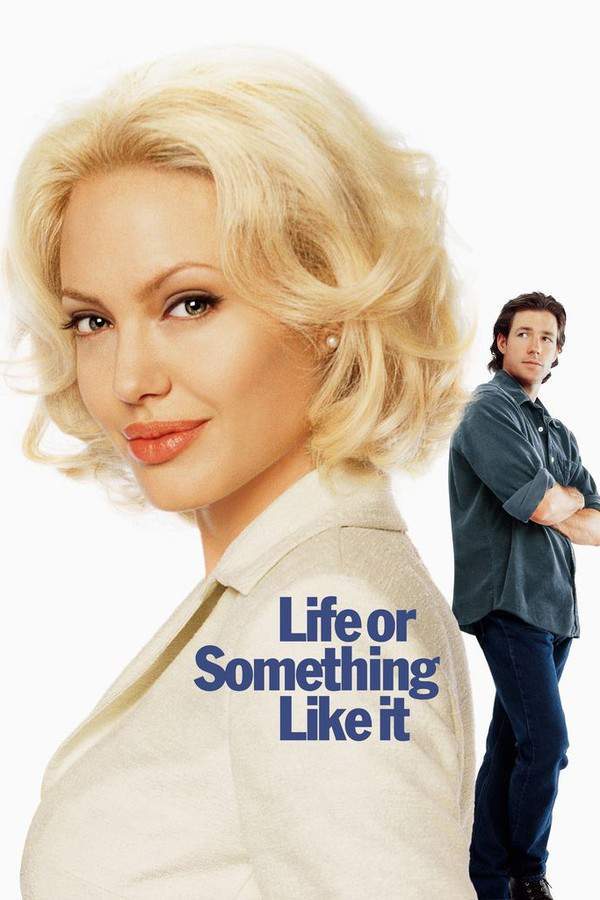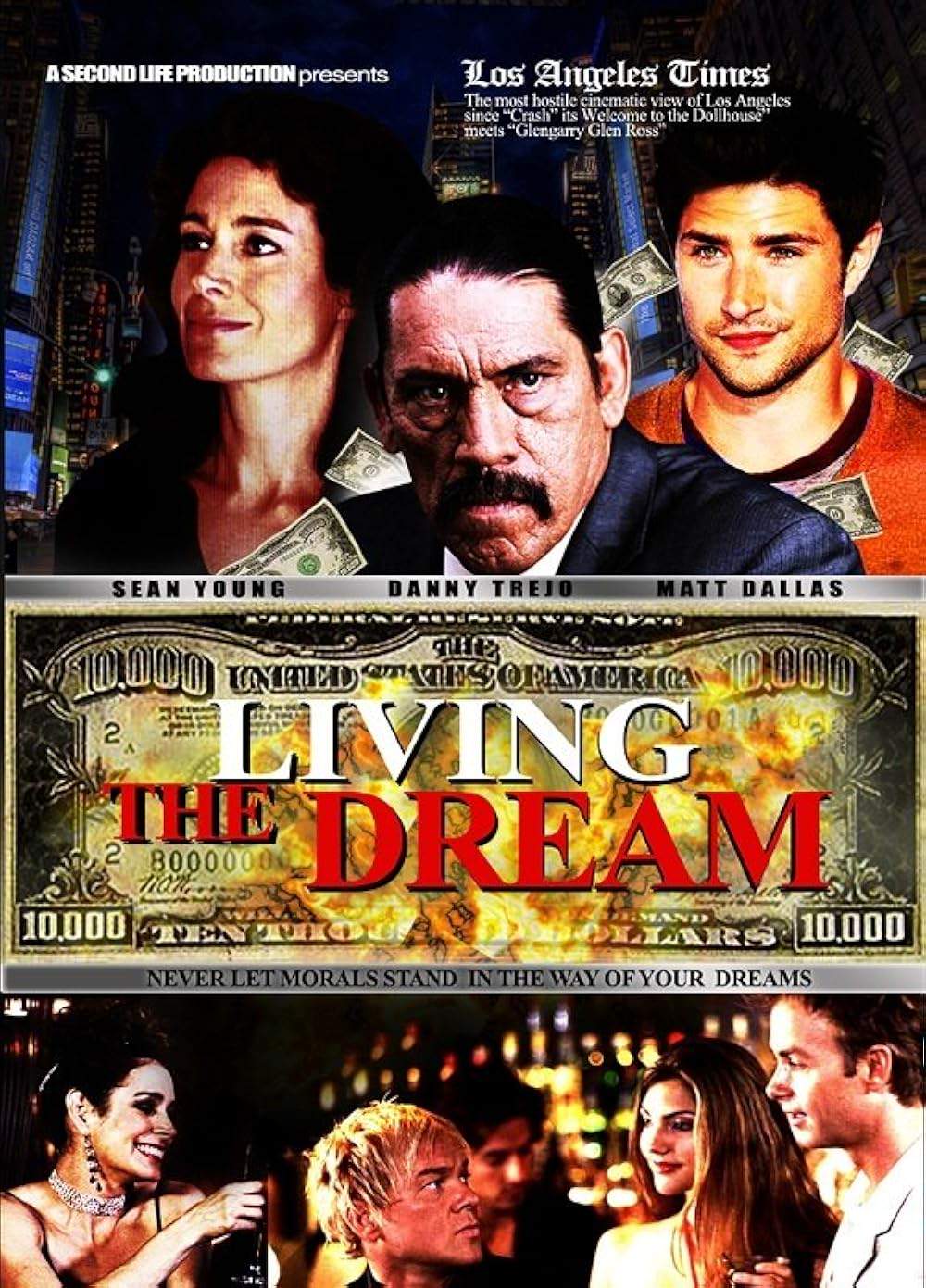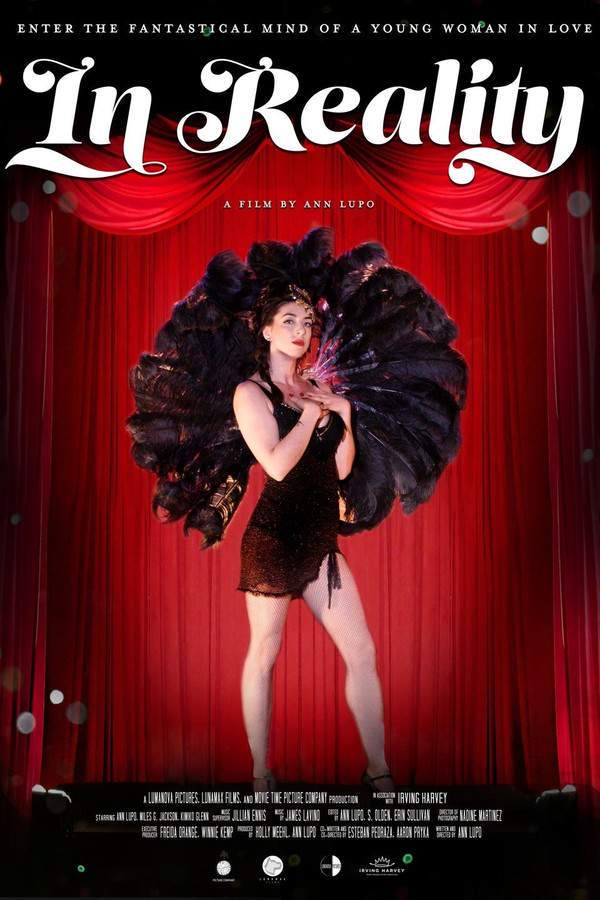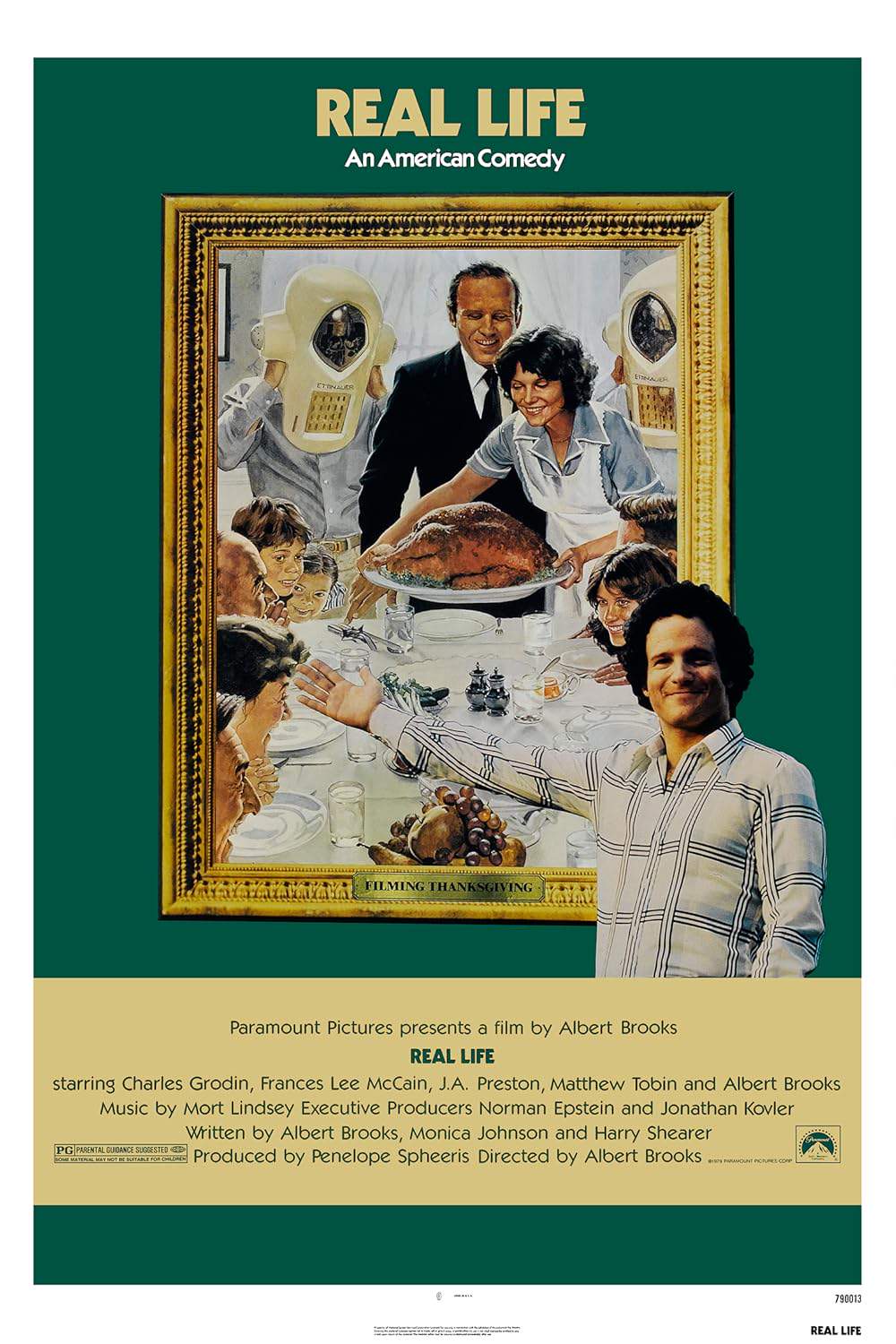
Real Life
Year: 1979
Runtime: 99 min
Language: English
A filmmaker embeds himself within the everyday life of a family in Phoenix, Arizona, intending to document their experiences. Initially, he views them as subjects for his creative project, but his involvement becomes increasingly intrusive. As he pushes the family to reveal more, his manipulative approach raises ethical questions and jeopardizes the genuine portrayal he initially sought. The lines between observer and participant blur, threatening to unravel the family's stability and the filmmaker’s artistic integrity.
Warning: spoilers below!
Haven’t seen Real Life yet? This summary contains major spoilers. Bookmark the page, watch the movie, and come back for the full breakdown. If you're ready, scroll on and relive the story!
Real Life (1979) – Full Plot Summary & Ending Explained
Read the complete plot breakdown of Real Life (1979), including all key story events, major twists, and the ending explained in detail. Discover what really happened—and what it all means.
A documentary project led by filmmaker Albert Brooks follows a bold, intimate experiment: capture the ordinary joys, sorrows, and private moments of a real American family, the Yeagers, by filming them around the clock for an entire year. The operation relies on a large suite of cameras, some mounted on walls inside the house and a crew wearing four helmet-like rigs that trail Brooks and the Yeagers as they move between home and neighborhood. The aim is to illuminate how life feels when everyday routines, conversations, and emotions are constantly on camera, blurring the line between private life and public performance.
The project kicks off on a tense note: the Yeagers return from a family vacation, and filming begins immediately at the airport. Nervous energy threads through the household as Brooks steps away briefly to chase antiquities, while the family gathers for pizza and hammer out rules around their new, ever-present observers. The father, Warren, tends to speak in blunt, unsympathetic tones and ends up eating alone, the quiet consequence of a camera-touched world that makes ordinary dinners feel exposed and scrutinized.
Two doctors, Howard Hill and Ted Cleary, are on hand to monitor the project’s integrity and the real-feel authenticity of the family’s life. Cleary, in particular, worries about the constant intrusiveness—the cameras, the constant filming—that might gnaw away at the Yeagers’ grip on reality. The tension between curiosity and protection proves to be a central thread, as the family’s private moments begin to tilt toward spectacle.
Jeanette, the mother, sometimes seeks respite by stepping away from cameras, only to reconnect with Brooks later in a moment that becomes complicated. She invites him to a gynecologist appointment as a gesture of casual gratitude, but their encounter takes an unexpected turn when she kisses him, revealing a fragile attraction that neither Brooks nor the family anticipated. Brooks, uncomfortable with the shift, bluntly reminds her that his appeal isn’t a guarantee of depth, and he mutters a pointed line about his own charisma.
doesn’t run deep
The gynecologist refuses to be filmed, citing a long-ago, damning news story. Brooks offers him money to participate, but the man recognizes a past reputation and declines the deal. The scene underscores a growing theme: some lines between private life and public recording should remain uncrossed, and not every professional wants to be part of a spectacle.
Meanwhile, Warren allows the crew into his world as a veterinarian, hoping to demonstrate a day at work. The cameras amplify his nerves, and during a crucial moment in a horse surgery, he accidentally administers an anesthetic twice, causing the animal’s death. He asks Brooks not to include the footage, but Brooks refuses, highlighting the ethical and emotional minefield as life-and-death events collide with documentary ambitions.
Tragedy strikes when Jeanette’s grandmother passes away, and the family sinks into a heavy, palpable grief. Brooks attempts to lift the mood by inviting Jeanette to a dinner date, but she declines, having reassessed her feelings about him. In an effort to bring cheer to the children, Brooks appears at the house dressed in a clown costume, though the kids are at school. Even in disguise, the moment becomes a convergence of the family’s sorrow and the camera’s unflinching gaze. While still in the costume, Brooks sits with Warren and Jeanette, where Warren opens up about fearing a potential nervous breakdown. Brooks minimizes the confession, suggesting that it’s natural to feel sadness or confusion as long as someone doesn’t “clam up.”
As the project progresses, a pivotal meeting brings together doctors, researchers from the institute, and a film producer eager to involve movie stars. Dr. Cleary exits the project, opposing the way the family has been treated and the broader approach of the production. The Yeagers gradually return to a more harmonious life, though the shadow of exposure lingers. The publication of Cleary’s book about the project intensifies scrutiny, labeling the endeavor as mind-control and psychological rape, igniting headlines that irritate Brooks and discomfort the Yeagers.
Pressure mounts from the project’s supporters to terminate early. Dr. Hill, the institute, and the film producer push for ending the experiment, and Brooks brings the Yeagers to the decision-making table. To his surprise and theirs, the Yeagers decide they want out, standing by their choice to reclaim their privacy even as Brooks tries to plead and threaten to keep them under his lens. The producer, seeking a clean exit, insists they be paid in full to apologize for the stresses endured.
In a bid to craft a lasting ending, Brooks dresses again in the clown getup for a benefit at a children’s hospital and searches for a cinematic finale. He draws inspiration from famous endings and ends up copying Gone with the Wind, burning down the Yeagers’ house in a dramatic, symbolic gesture. The blaze is contained—no one is harmed—but the act seals the project’s controversial nature and its messy clash between art, ethics, and personal boundaries.
An epilogue presents the factual afterword: the Yeagers’ house is rebuilt, with a tennis court added for “appreciation.” Dr. Cleary’s book reportedly sells poorly, and he is described as ill. The narrative invites real-life historians to seek documentation on the project, offering a toll-free number for those who want to learn more: 1-800-555-3824. The final frame underscores the film’s central tension: a well-meaning, ambitious attempt to document life can become an examination of power, consent, and the fragility of ordinary existence when spectatorship becomes the primary lens through which a family is seen.
Last Updated: October 09, 2025 at 15:38
Unlock the Full Story of Real Life
Don't stop at just watching — explore Real Life in full detail. From the complete plot summary and scene-by-scene timeline to character breakdowns, thematic analysis, and a deep dive into the ending — every page helps you truly understand what Real Life is all about. Plus, discover what's next after the movie.
Real Life Timeline
Track the full timeline of Real Life with every major event arranged chronologically. Perfect for decoding non-linear storytelling, flashbacks, or parallel narratives with a clear scene-by-scene breakdown.

Similar Movies to Real Life
Discover movies like Real Life that share similar genres, themes, and storytelling elements. Whether you’re drawn to the atmosphere, character arcs, or plot structure, these curated recommendations will help you explore more films you’ll love.
Explore More About Movie Real Life
Real Life (1979) Scene-by-Scene Movie Timeline
Real Life (1979) Movie Characters, Themes & Settings
Real Life (1979) Spoiler-Free Summary & Key Flow
Movies Like Real Life – Similar Titles You’ll Enjoy
Reality (2015) Movie Recap & Themes
In Real Life (2008) Plot Summary & Ending Explained
True to Life (1943) Detailed Story Recap
Life Stinks (1991) Spoiler-Packed Plot Recap
The Real Blonde (1998) Complete Plot Breakdown
Reality (2013) Plot Summary & Ending Explained
Living in Oblivion (1995) Film Overview & Timeline
Reality Bites (1994) Ending Explained & Film Insights
A Better Life (2011) Detailed Story Recap
All the Real Girls (2003) Full Summary & Key Details
Love, For Real (2021) Full Summary & Key Details
Life or Something Like It (2002) Film Overview & Timeline
A Real Life (2009) Plot Summary & Ending Explained
Living the Dream (2006) Plot Summary & Ending Explained
In Reality (2019) Film Overview & Timeline



